- Home
- Machining techniques
- CNC Machining Services
- Cooperative supply services
- Designs
- Materials
- Finishing Services
- Shop
- Products
- Guide
- About Us
- Contact Us
2022.5.30
Gears are mechanical workpieces with teeth on the rim that can continuously mesh and transmit motion and power. Gear forgings have been used in transmission for a long time. With the development and progress of industry, the principle and utilization of the tooth method, and the emergence of special machine tools and cutters for gear cutting, the quality of gear operation has been paid attention to with the development of production. How gear forgings are manufactured and what is the difference between gear forging and gear casting?
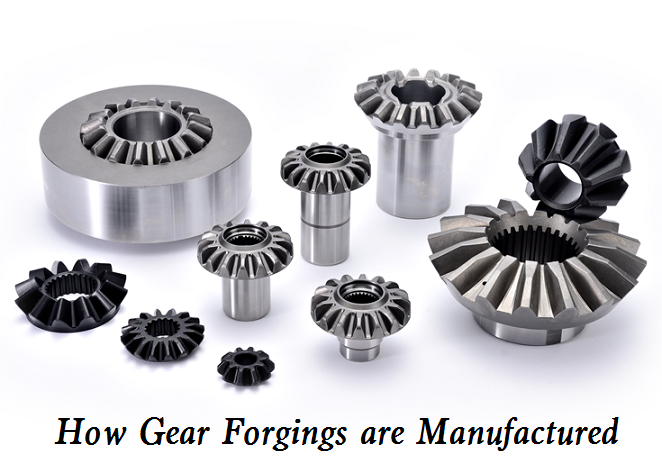
What processes and techniques are included in gear manufacturing?
1. Gear forging
After the forging factory has signed a contract with the customer and issued a material report according to the drawing material requirements, dimensions, and specifications, etc., the metal raw materials can be cut into reasonable blanks. The blank is put into the hot furnace and heated to burn red. After heating, the shaping of the blank can be improved. After being put into the workshop for forging processing, the forging worker controls the operating machine, forging hammer or press to forge the heated blank into a reasonable size, and the forged blank shall have machining allowance. Then the forging blank is cooled. There are many cooling methods, such as furnace cooling, air cooling, anti cooling, etc. An appropriate cooling method shall be adopted according to material and requirements.
Technical Requirements for Gear Forgings
The quality of the gear forging process is closely related to the working performance, bearing capacity, and service life of the whole machine. Due to the particularity of gears in use, gears have some special requirements besides the general requirements for dimensional accuracy, shape accuracy, and surface quality. Due to the different uses of gear transmission in various machines, four requirements are put forward for gear transmission.
(1) Accuracy of the transfer motion
As a transmission element, the gear is required to transmit motion accurately. That is to say, when the driving wheel rotates through a certain angle, the driving wheel shall accurately rotate through a corresponding angle according to the speed ratio relationship, so as to ensure the coordinated movement of the driving part and the driving part.
(2) Transmission stability
In the process of transmission movement, especially the high-speed rotating gear, it is required that the instantaneous transmission ratio of gear transmission changes little. Because the sudden change of instantaneous transmission ratio will cause gear impact, noise, and vibration, and even lead to the damage of the whole gear.
(3) Uniformity of load distribution
When transmitting power, the meshing surface of the gear is in good contact to avoid stress concentration, causing local wear of the tooth surface and affecting the service life of the gear.
(4) Drive backlash
In gear transmission, there should be a certain clearance between non-working tooth surfaces to store lubricating oil and compensate for dimensional changes caused by temperature changes and elastic deformation as well as the influence of machining and installation errors. Otherwise, the gear may be stuck or burned during operation.
2. Gear machining
After the forging factory cools the gear blank, the forging blank can be processed in the processing workshop. There are many kinds of gear forging processing processes, and the processing methods selected according to the gear tooth shape in the drawing are also different. The common processing methods include gear hobbing, wiping, shaving, grinding, etc. The gear tooth profile is directly processed by using the cutter with the same tooth groove shape of the gear. When the disk-shaped milling cutter processes the gear, the milling cutter rotates around its own axis, and the wheel blank moves along its own axis. After milling a tooth groove, the wheel blank returns to its original position, and the gear blank is rotated 360 ° /z by using the dividing head. Mill the second tooth groove in the same way. Repeat until all gears are milled out. After shaving, heat treatment is carried out, which can improve the hardness and mechanical properties of gear forgings. Then carry out gear grinding. Make the dimensional accuracy and finish of the product fully meet the requirements of the forging drawing.
3. Gear inspection
Conduct comprehensive inspection on the processed gear forgings, and the product appearance inspection meets the size requirements on the customer’s drawings. Carry out UT, MT, hardness, carburization, and other tests required by the drawings. In order to meet the needs of customers, the mechanical properties of gear forgings must be tested, mainly including yield, tensile, impact, and gold tests. After quality inspection, the finished forgings are treated with rust prevention and painting and then packed into the finished product warehouse for shipment.
Due to the wide application of gear forgings and the increasing number of gears with high speed and high-performance requirements, gear grinding is required to improve both efficiency and quality.
Forged gears have dense internal structure, high strength, long service life, excellent service performance, beautiful appearance, improved working hardness, few impurities, more reliable explosion-proof performance, and higher grade, and can be used under strict working conditions.
The internal structure of cast gears is poor, with low strength, and prone to sand holes, shrinkage, fracture, and deformation. The general working environment can be applied, but the explosion-proof level is lower than that of forged gears.
With the enhancement of the forging process and the lightweight requirements of the automobile, the casting gear began to be gradually eliminated by the gear enterprises, and the automobile gear manufacturing industry began to apply more forging forming technology. Gear precision forging is an advanced manufacturing technology with high quality, high efficiency, and low consumption. In recent years, it has been widely used in the mass production of automotive gear parts.
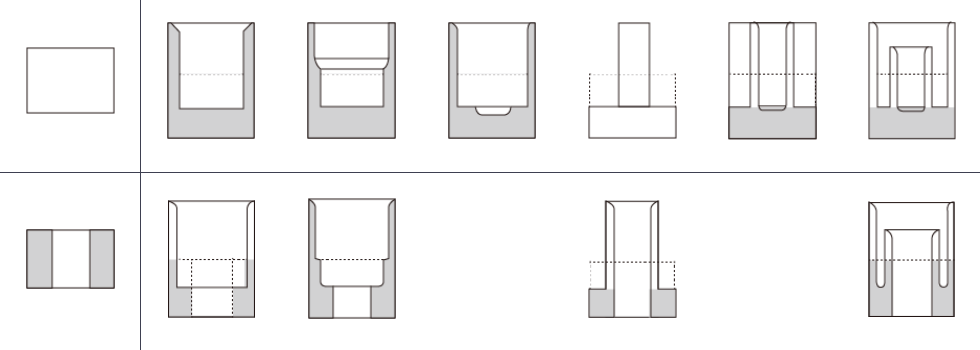 What is Cold Forging – Cold Forging Process, Materials, Uses, Advantages & Disadvantages
What is Cold Forging – Cold Forging Process, Materials, Uses, Advantages & Disadvantages
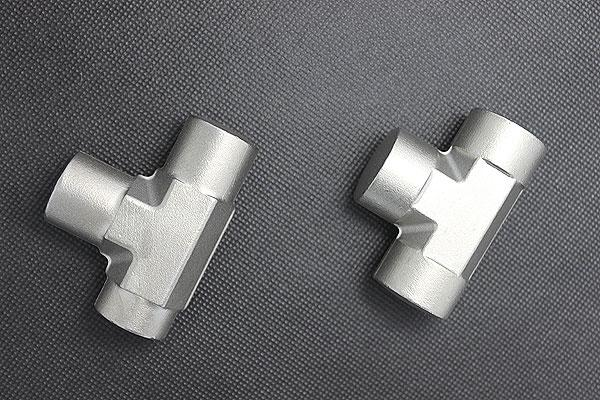 What is Drop Forging: Definition, Process, Types, Advantages, Applications, Die Design
What is Drop Forging: Definition, Process, Types, Advantages, Applications, Die Design
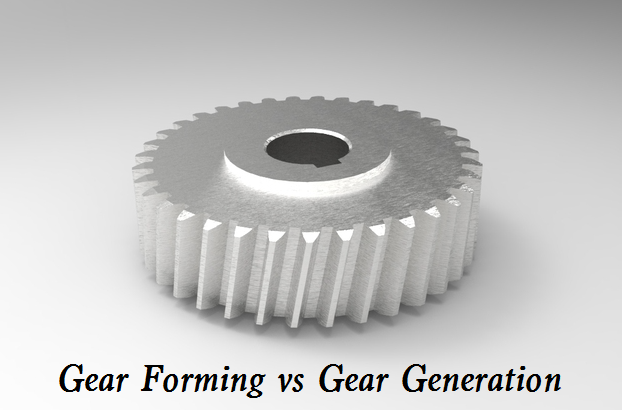 Difference Between Gear Forming and Gear Generating – Gear Forming & Generation Pros and Cons
Difference Between Gear Forming and Gear Generating – Gear Forming & Generation Pros and Cons
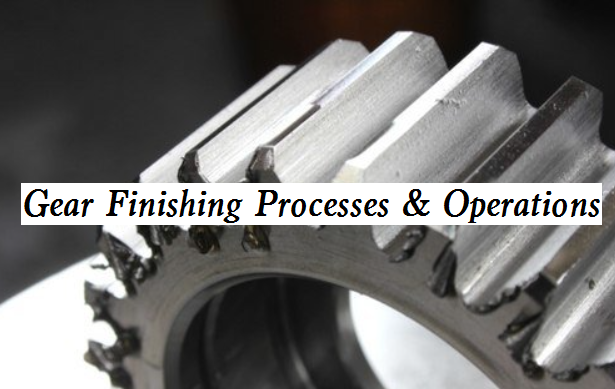 Gear Finishing Processes & Operations – What are Different Types of Gear Finishing
Gear Finishing Processes & Operations – What are Different Types of Gear Finishing
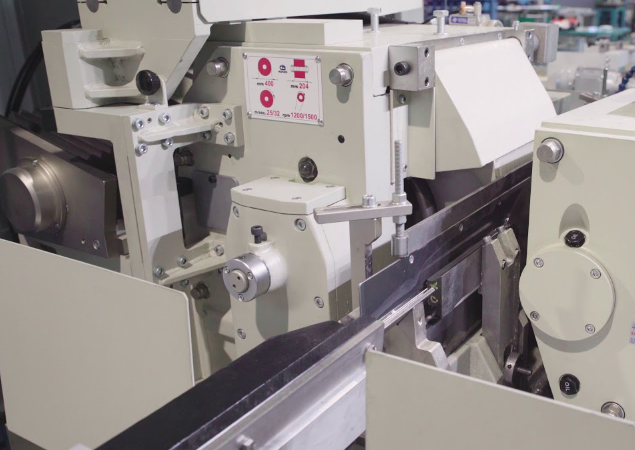 Guide to Centerless Grinding Machine: Advantages, Working Principle and Parts
Guide to Centerless Grinding Machine: Advantages, Working Principle and Parts
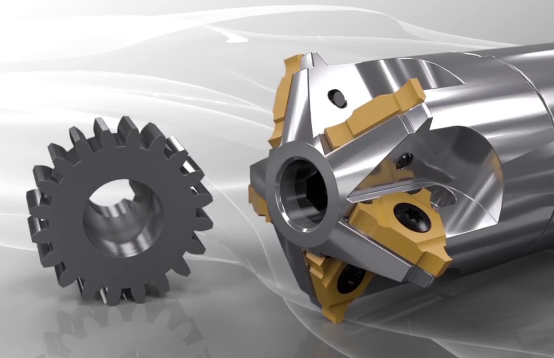 Difference Between Gear Milling and Gear Hobbing | What is Gear Milling | CNCLATHING
Difference Between Gear Milling and Gear Hobbing | What is Gear Milling | CNCLATHING
